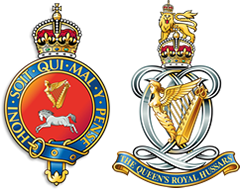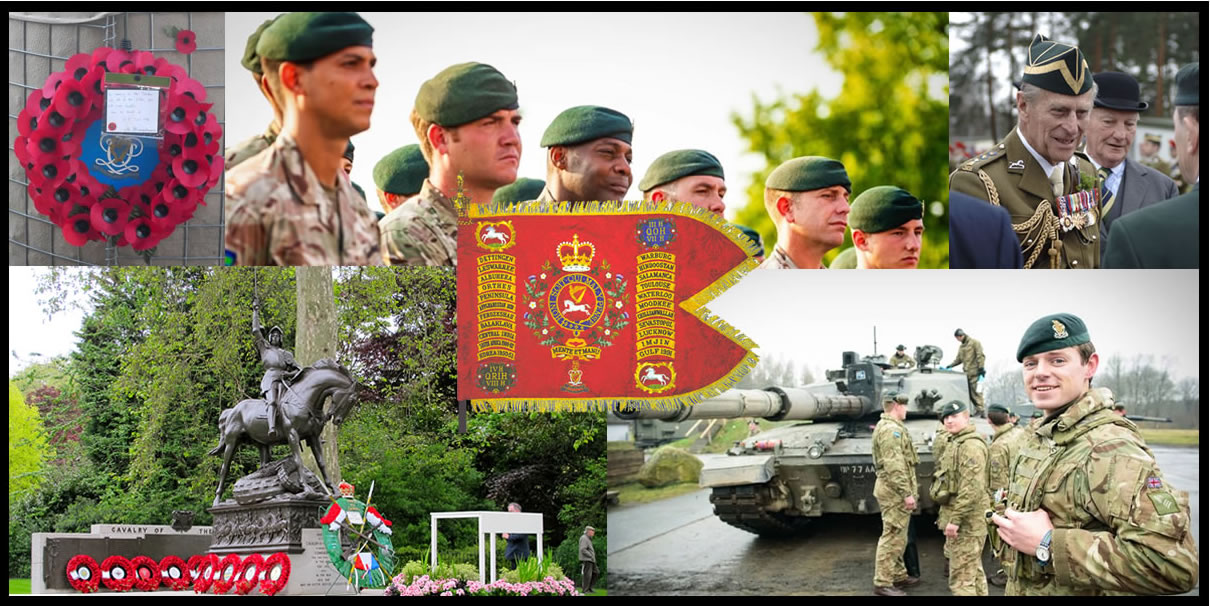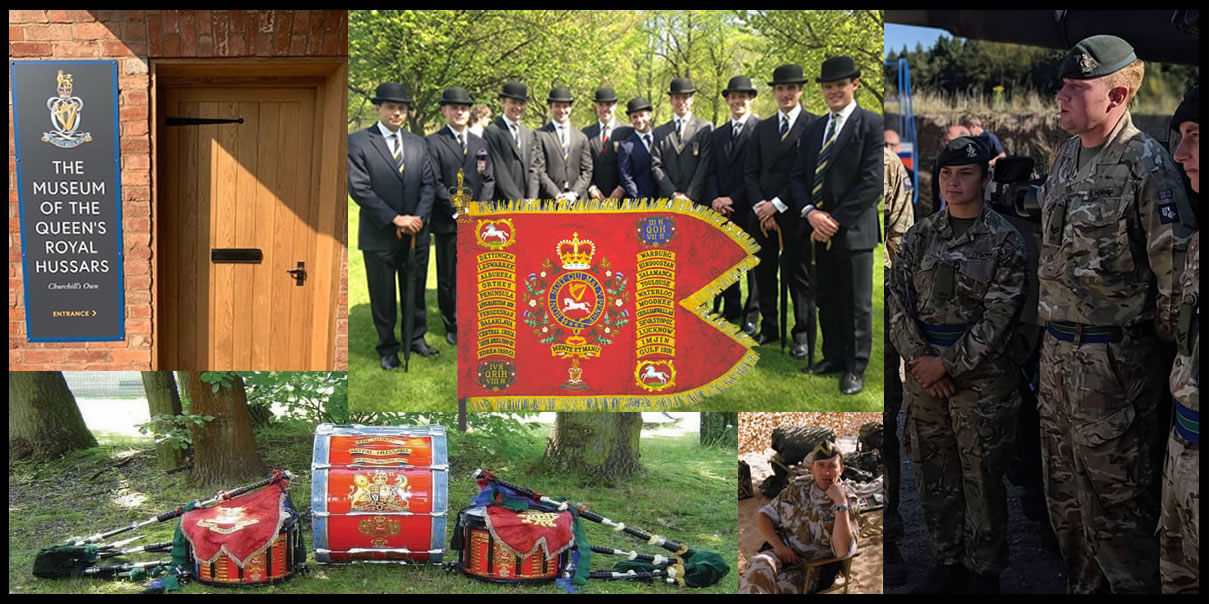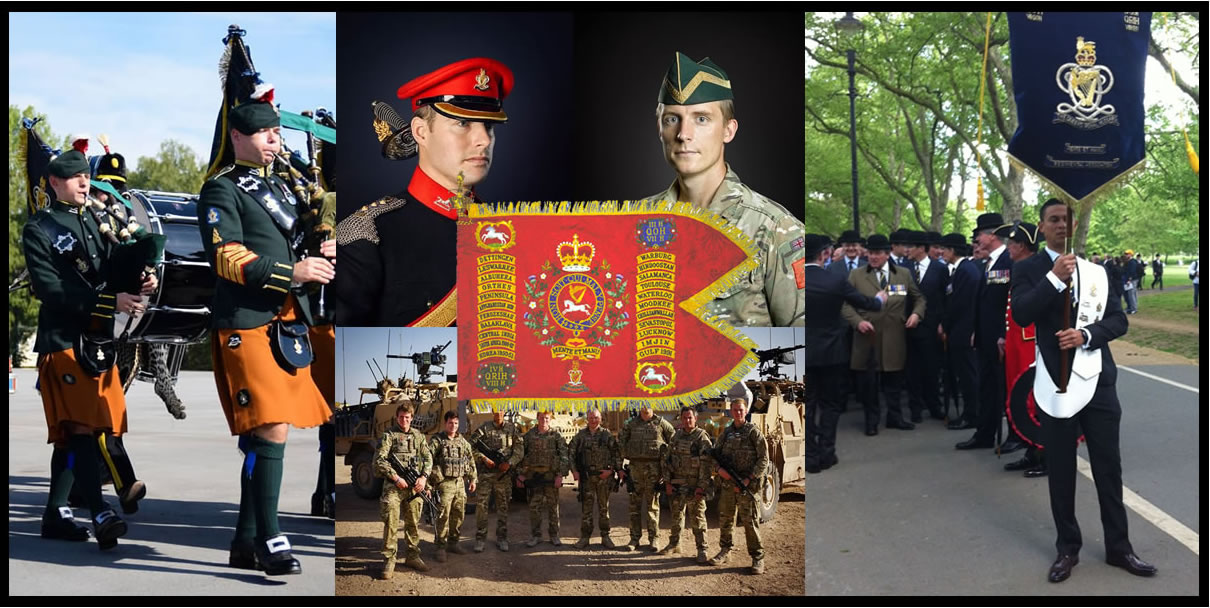Welcome to the official website of the Queen’s Royal Hussars Regimental Association.

In my first update as Chair of the Regimental Association I would like to take the opportunity on behalf of the whole Association to thank Colonel Andrew Cuthbert for six and a half years at the helm.
The world has changed incomprehensively over the last six years; Eastern aggression, pandemic, BREXIT and an economic austerity.
Colonel Andrew has developed and grown the Association during these challenging times providing sound council and guidance to trustees, veterans and serving members of the regiment. Thank you.
Colonel Andrew will remain a Regimental Trustee, using his fundraising acumen to help the Colonel of the Regiment grow funds that will be available to benefit all past and present Hussars.
After two months in post as the Chair of the Regimental Association I have been able to attend two Troop functions and the 100th Cavalry Memorial Parade, this has given me the opportunity to meet up with old friends and meet new ones! This for me is one of the greatest privileges of being a ‘Veteran Hussars’….the ability to meet up with people who have a common bond; whether people have previously served together or not this common bond of being a Hussar gives us a platform for great conversation and enjoyment. Of course when I talk about being a Hussar, I also include those who served with the Regiment as an attached arm, spouses, partners and children.
Having attended the Troop Secretaries AGM back in February, and meeting Troop Secretaries and Presidents over the last couple of months I am acutely aware of the hard work and effort they and their (small) teams are putting in to provide functions and events for the benefit of us all; thank you, you are the glue that holds the Association together. I also know there are some fantastic people all around the country that are organising and supporting all types of activities and individuals that benefit our Hussar veteran community; one great family who are looking out for each other.
The Colonel of the Regiment and Regimental Trustees do recognise the endeavours of the Association and those serving, and are keen to have a positive impact on all communities. Recently money has been granted to all the Association Troops for the Troop Secretaries to use at their discretion to benefit their membership and money is about to be released to the RSM to re-energise the Corporals Club at RD. We also have a Benevolence fund, last year the fund provided circa £30,000 to directly assist our friends and comrades that needed a bit of financial support to get them through a period of their life.
I would like to remind everyone that membership of the Association is free and is open to everyone, regardless of age or rank who is now serving or has ever served in The Queen’s Royal Hussars and/or its antecedent regiments. If you are not registered with HHQ please get in touch.
A few dates for your diary:
- Act of Remembrance, 10 Nov 24 at Tidworth. As part of the initiative to move our Act of Remembrance to different locations each year, this year we will join the Regiment in Tidworth.
- Cavalry Memorial Parade, 11 May 25 at Hyde Park. The QRH are the lead Regiment, this will potentially not happen for another 12 years. Please make a particular effort to ensure we have a good turnout to remember the Cavalry fallen.
- Veterans Weekend at Regimental Duty, 26 & 27 July 25. Our first opportunity to visit the Regiment since their return from Germany. More details to follow but guaranteed to be a monumental weekend!
Mark Cubitt
Chair of The Regimental Association
The Queen’s Royal Hussars
Formed in September 1993 by merging The Queen’s Own Hussars and The Queen’s Royal Irish Hussars, the senior light cavalry regiment in the British Army is The Queen’s Royal Hussars (The Queen’s Own and Royal Irish).
The amalgamation brought together the four senior Hussar Regiments of our forebears, 3rd The King’s Own Hussars, the 4th Queen’s Own Hussars, the 7th Queen’s Own Hussars and the 8th King’s Royal Irish Hussars, who had so often fought side by side in the campaigns of the past 339 years.
The Regiment can trace its roots back to 1685 and during the past 339 years has been awarded 173 Battle Honours.
Of these 44 are recorded on The Guidon which was presented to the Regiment by the then Colonel in Chief, Her Majesty Queen Elizabeth The Queen Mother on the 14th of June 1997.



